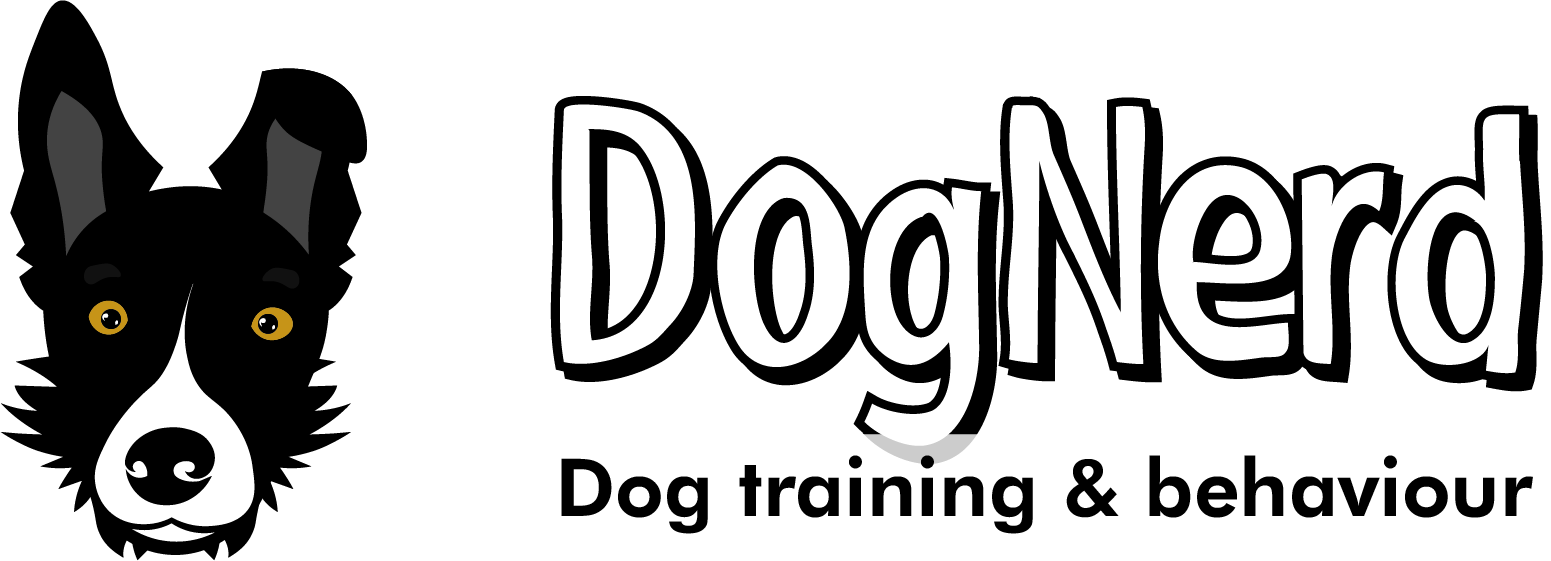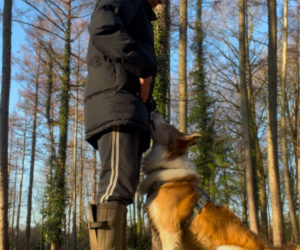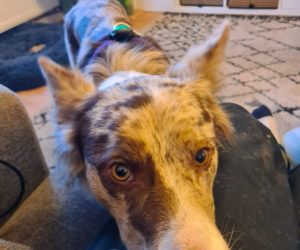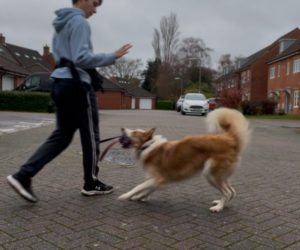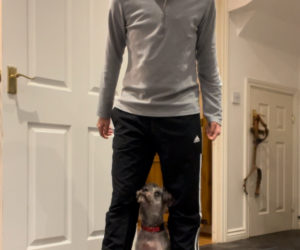5 Common Prey Drive Mistakes
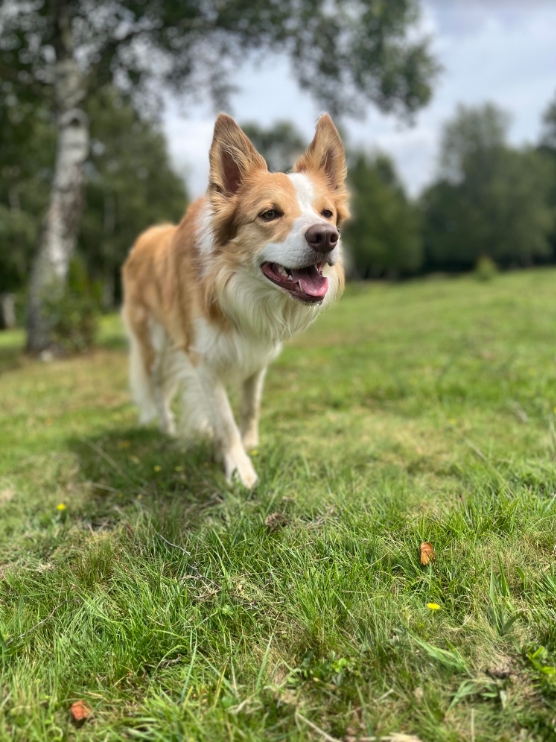
As a rewards-based dog trainer, I often see owners unintentionally hinder their dogs’ progress when it comes to managing predatory behaviours. While every dog is unique, these five common mistakes can slow down progress and make it harder for your dog to learn appropriate responses. Understanding these missteps can help you make better decisions and create a more effective training plan.
- Asking Your Dog to Make Too Many “Good Decisions”
No living being has an endless capacity for self-control, and this applies to your dog as well. Expecting your dog to make continuous “good decisions” during a walk or outing can lead to frustration—for both of you!
Instead, get to know your dog’s limits. How many good decisions can they realistically make before running out of “brain juice”? Use this insight when choosing your walking routes. For example, if your dog has a hard time staying calm around fast-moving wildlife, opt for quieter areas where they’re less likely to encounter tempting distractions, especially while they’re still learning.
- Releasing Your Dog Back Into the Environment When They’re Still Super Excited About It
If your dog’s prey drive spikes at the sight of a squirrel or other fast-moving animal, it’s essential to manage their arousal after they successfully recall. Releasing your dog back into the environment while they’re still “amped up” can actually just encourage them to chase.
After a recall from a high-arousal situation, take a moment to help your dog calm down. Give them time to regulate their emotions before releasing them again. Remember, learning to manage arousal is best done outside of those high-stakes moments, so keep calm training sessions separate from high-prey situations.
- Letting Your Dog Run Back and Forth Between Handler – Distraction
If your dog recalls successfully from a distraction, like a prey animal, don’t waste that golden moment by allowing them to run back and forth to “practice.” Turning away from a fast-moving prey item can be mentally challenging for your dog, and once they’ve made a good decision, it’s time to take the win and move on.
If you continually ask your dog to repeat recalls, they may become fatigued and less willing to comply when it really matters. Celebrate the win and continue with your walk—save the “extra practice” for less intense situations.
- Under-Managing Encounters with Prey
I do think that avoiding encounters with prey as much as possible is a good idea. This does not mean skipping walks; it means being proactive in your planning. Choose locations and times of day where you’re less likely to run into wild animals. You can also use bells on your dog’s collar, for example, to help warn wildlife of your presence. Choosing areas with good sightlines, where you’re less likely to surprise something, can also be a good idea.
The more you can avoid repeat encounters on a single walk, the easier it will be for your dog to successfully recall when an animal does appear. Constant exposure to prey can make recall more difficult, so aim to minimise these situations.
- Failing to Provide Appropriate Outlets for Predatory Drive
Finally, many owners overlook the importance of giving their dogs outlets for their natural instincts. While food-based enrichment is valuable, dogs with strong prey drives often need more challenging, mentally and physically stimulating activities! Think about ways you can provide your dog with problem-solving tasks outside of the predatory context!
In Conclusion: Progress Starts with You
Helping your dog manage their predatory behaviours takes thoughtful planning, patience, and consistency. By avoiding these common mistakes and focusing on mindful management, you can set your dog up for success. Every good decision they make builds toward better long-term behaviour, so take the time to understand their limits, manage their environment, and provide appropriate outlets.
For more tips on dog training or to sign up for personalised sessions, feel free to reach out! Let’s work together to create a plan that helps your dog thrive.
See how we can help
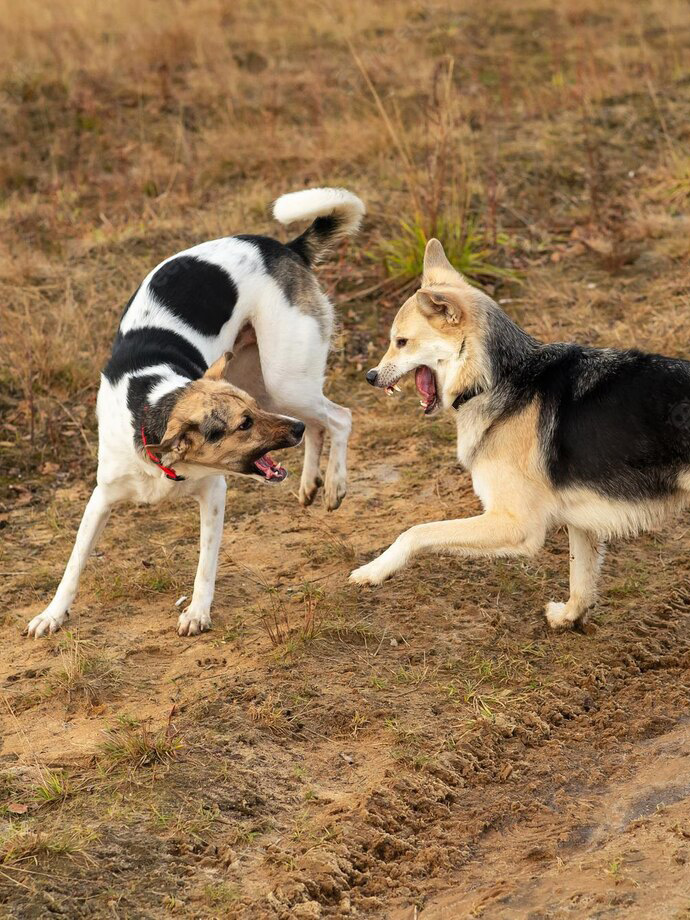
Behaviour rehabilitation
Many behaviour problems are linked to how your dog is feeling. Fear, anxiety and pain all influence how well your dog is able to cope with his environment and routines.
Dog training
Dog training is offered for all dogs: puppies, adolescents, seniors and newly adopted rescue dogs.

Book A Free Consultation Call
Unsure on where to start? I don't blame you, finding the right dog trainer can be a challenge in itself. Book a FREE 30 minute consultation call to find out more about how I work and how I can help you with your dog!
Given the dedication required to provide each dog and their owner with the personalised attention and training they need, I am only able to work with a limited number of clients at any given time. I sincerely believe in offering my services only when I am confident in my ability to deliver the outcomes you're seeking for your dog.
Related posts
Tips & Tricks is dedicated to providing every mama and papa with exclusive advice and information on how to take care and deal with their furry friends.
